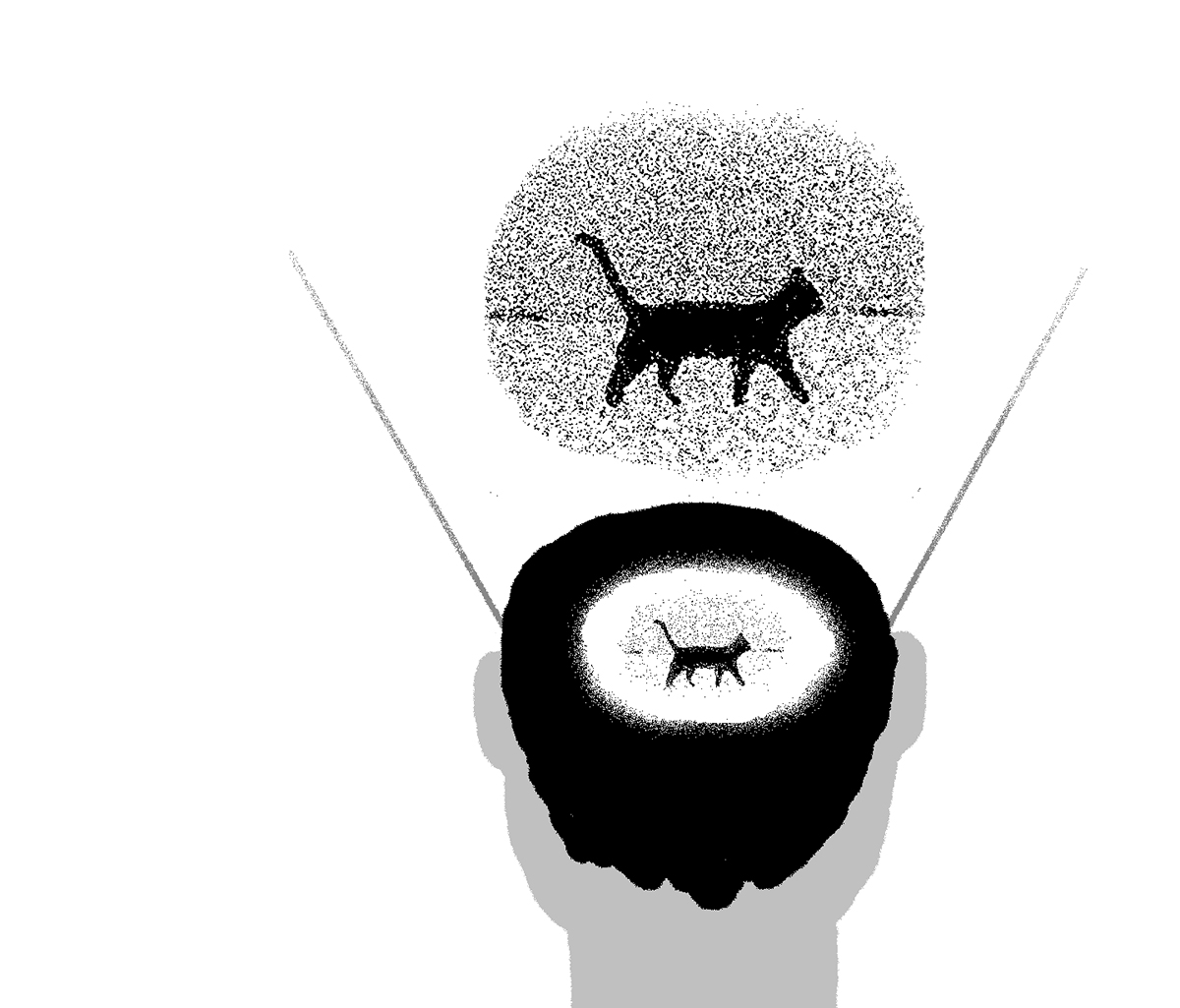Temporal Processing and the Experience of Déjà Vu
Temporal processing plays a significant role in the experience of déjà vu. The temporal lobes, particularly the entorhinal cortices (EC), are involved in visual memories and processing sensory input. These regions are thought to be prime suspects for housing déjà vu experiences. Here is a detailed explanation:
Temporal Lobe Function
The temporal lobes are responsible for processing and storing visual and auditory information. They are also involved in spatial memory and memory consolidation.
The EC, located in the medial temporal lobe, plays a crucial role in spatial memory and memory consolidation.
Déjà Vu and Temporal Processing
Déjà vu is often associated with the temporal lobes, particularly the EC. Stimulation of these regions can produce déjà vu-like experiences.
The EC is thought to be involved in the processing of familiar experiences, which can lead to the sensation of déjà vu.
Neural Mechanisms
The neural mechanisms underlying déjà vu are still not fully understood. However, research suggests that it may involve a decoupling of epistemic feelings and content, leading to a sense of familiarity without a clear memory.
Some theories propose that déjà vu is a result of a glitch in the sensation of familiarity, which is decoupled from current processing, thoughts, and goals.
Clinical Significance
Temporal lobe seizures, particularly those involving the EC, can produce déjà vu experiences. These seizures are characterized by bursts of uncontrolled electrical activity that cause nerve cells in the brain to misfire.
Temporal lobe seizures can also lead to other symptoms such as sudden, unexplained feelings, muscle twitching, and loss of awareness.
In summary, the temporal lobes, particularly the EC, are involved in the processing and storage of visual and auditory information, which can contribute to the experience of déjà vu. The neural mechanisms underlying déjà vu are complex and involve a decoupling of epistemic feelings and content, leading to a sense of familiarity without a clear memory.
Echoes of the Past: Unlocking the Secrets of Déjà Vu
Dr. Rachel Lee stared at the data streaming across her computer screen, her mind racing with the implications. She had spent years studying temporal processing, the intricate dance of time and memory that governed human experience. And now, she had stumbled upon something remarkable.
The phenomenon she was investigating was known as déjà vu, that eerie feeling of having lived through a moment before, even though she knew she hadn't. It was a common experience, but one that had long fascinated scientists. Rachel had dedicated her career to understanding its roots, and she was on the cusp of a major breakthrough.
As she delved deeper into the data, Rachel noticed a peculiar pattern. The instances of déjà vu were not random; they seemed to be linked to specific events, events that had occurred in the past. It was as if the human brain was somehow accessing memories from other timelines, creating the illusion of familiarity.
Rachel's eyes widened as she realized the magnitude of her discovery. If she was correct, it meant that the human brain was capable of processing multiple timelines simultaneously, creating a complex web of parallel universes. The implications were staggering.
She decided to test her theory by inducing a state of déjà vu in herself. Rachel closed her eyes, focusing on the sensation of familiarity that often preceded the phenomenon. As she breathed deeply, she felt the familiar tingling sensation in her mind, the sense of having lived through this moment before.
And then, it happened. Rachel was suddenly transported to a different time and place. She found herself standing in a crowded street, surrounded by people she had never seen before. But something felt off. The buildings, the clothes, the very air seemed to be from a different era.
Rachel's mind reeled as she tried to make sense of what was happening. She knew she had never been in this place before, yet the sense of familiarity was overwhelming. It was as if she had lived through this moment countless times, and her brain was simply recalling the memory.
As she stood there, frozen in time, Rachel realized that she was not alone. There were others around her, people who seemed to be living their own parallel lives. They were all connected, linked by the threads of time and memory.
Rachel's discovery opened up new avenues of research, challenging the very fabric of our understanding of reality. It raised questions about the nature of time, the possibility of multiple universes, and the limits of human consciousness. And as she delved deeper into the mysteries of temporal processing, Rachel knew that she had only scratched the surface of a much larger truth. This short mystery story explores the concept of temporal processing and the phenomenon of déjà vu, which is often described as a feeling of familiarity or recognition of a situation that has not been experienced before. The story follows Dr. Rachel Lee, a scientist who has dedicated her career to understanding the roots of déjà vu, as she makes a groundbreaking discovery that challenges our understanding of time and reality.
Rachel's research reveals that instances of déjà vu are linked to specific events in the past, suggesting that the human brain is capable of processing multiple timelines simultaneously. This idea is supported by her own experience of inducing a state of déjà vu, which transports her to a different time and place.
The story raises questions about the nature of time, the possibility of multiple universes, and the limits of human consciousness. It also highlights the potential implications of Rachel's discovery, which could revolutionize our understanding of the human experience and the fabric of reality.




Comments
Post a Comment